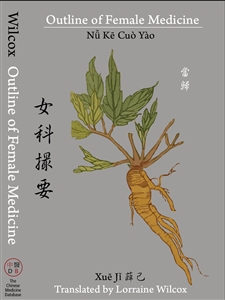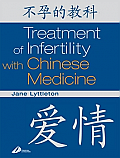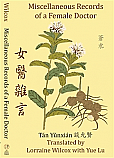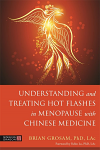| Description |
The Outline of Female Medicine written by Xue Ji in the Ming Dynasty, is a book on the treatment of women, and is not strictly a book on obstetrics and gynecology. The emphasis is on reproductive disorders, but a number of sections are on non-reproductive conditions that women tend to suffer, including urinary problems, painful joints, scrofula, and skin conditions. In addition, many of the postpartum conditions would not be considered gynecological today. Surprisingly, infertility, abdominal lumps, and symptoms of menopause do not have their own entries, but are occasionally discussed in other sections.
The Outline of Female Medicine was written in an outline format of thirty headings. Each entry gives a list of general signs and symptoms accompanying the chief complaint, the pattern diagnosis, and the formula to treat it. Occasionally the author included passages from earlier books or provided his own short comments on the topic. After the breakdown of patterns and their formulas, Xue Ji gave one or more cases from his own practice. A few are testimonials from the husband (or other male relative) of the patient.
The Outline of Female Medicine has two volumes. The first discusses women who are not pregnant. The second is on diseases of pregnancy and postpartum conditions. At the end of both volumes, in the appendix are the formulas used within each volume, a total of 145 formulas in all.
The Outline of Female Medicine was written by Xue Ji for the practitioner who already had an understanding of Chinese anatomy, physiology, pattern diagnosis, individual herbs, and formulas. It was meant to be a clinical guide and to illustrate the critical thinking of the author in clinic. Certainly Xue also wanted to show the effectiveness of his personal style. Besides giving clinical guidance for treatment, the cases were used as proof that his theories were valid. In a number of them, he highlights the mistaken treatment of other practitioners, often with disastrous results.
The translation of Outline of Female Medicine is yet another important contribution by Lorraine Wilcox to the work available to Chinese medicine practitioners in English. This book is eminently useful, it contains formulas that we still use today, and unlike some other classical gynecology books on the market, rarely includes toxic medicinals in the formulas. Therefore a practitioner can read these case studies with an eye for comparing the cases against their own patients. If the presentations are similar, the practitioner can adapt Xue Ji's formulas for the specifics of the case. For those who treat or are interested in female disorders, this book is a must have!
|





